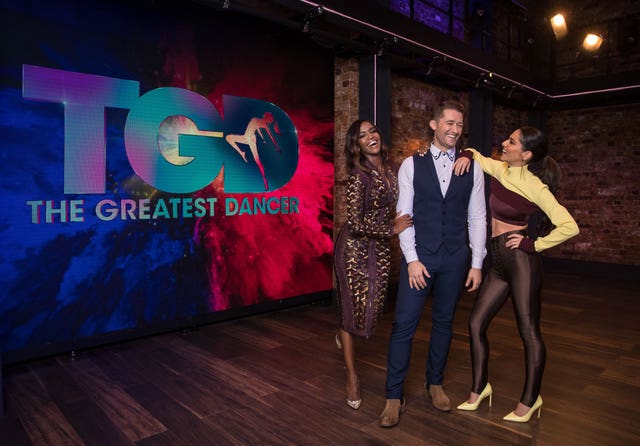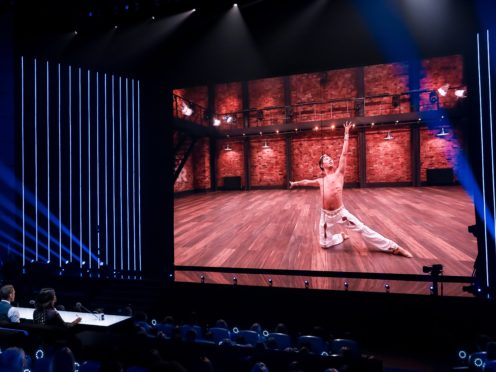The democratic format of new BBC talent show The Greatest Dancer has been criticised for allowing non-experts to judge technical prowess.
Viewers have mocked the format for allowing a miniature referendum to take place on the quality of dancers appearing on the new prime-time programme.
Audience members commenting online were outraged that a cultured Kazakh ballet dancer, who performed 13 pirouettes in a bid to impress, was rejected by the lay audience.

Yassaui Mergaliyev, who has danced ballet for 24 years, was spurned despite what experts judged to be a breathtaking show of technical brilliance. Viewers believed that the spectacle of hip-hop or contemporary dance was favoured over ballet.
The show’s dance experts – Cheryl, Matthew Morrison, and Oti Mabuse – and viewers at home were aghast at the decision of the voting audience in the BBC studio.
The Greatest Dancer places the power to approve or reject contestants in the hands of the in-house audience, who were immediately criticised for their taste.
Cheryl admitted her own frustration with the audience when they rejected the Russian-trained ballet dancer, saying: “People that are not maybe technically-minded don’t see the quality that we just had on stage, which is then frustrating for us.
I wish people would understand the dedication and hard training that goes into being a ballet dancer… the public on the greatest dancer made such a bad decision 😡
— Summer Mace (@summer_mace) January 5, 2019
“The audience are probably going to choose dancers based on how they make them feel.”
Responding to Cheryl’s criticism, one member of the voting crowd said of the trio of experts on the show “we have the power”, and another added that “eleven hundred voices are better than three”.
This power has been derided online, with viewers taking to Twitter to vent their own frustrations over the lack of technical appreciation displayed.
Watching The Greatest Dancer. What is wrong with people!? The ballet guy was technically fantastic. Sorry it wasnt hip hop or contemporary. But he was robbed.
— Emma Hudson (@EmmaHSinger) January 5, 2019
One wrote: “Watching The Greatest Dancer and I’m appalled by people’s reactions to cultured and skilled ballet dancing, bet 95% of the audience haven’t a clue what real talent is and how crazy hard that was to do.”
Another declared: “The Greatest Dancer proves that it is always a bad idea to have referendums.”
The views were echoed by another viewer, who claimed that audience members were drawn to more modern styles.
She said: “Sorry but the people in the audience of the Greatest Dancer do NOT understand the difficulty of ballet and it is so unfair! Not all dance is hip hop and street.”
Another viewer summarised frustrations by stating: “Putting the audience in charge of the ‘greatest’ dancer when they have no understanding of dance/technique is a massive flaw in the format.”
